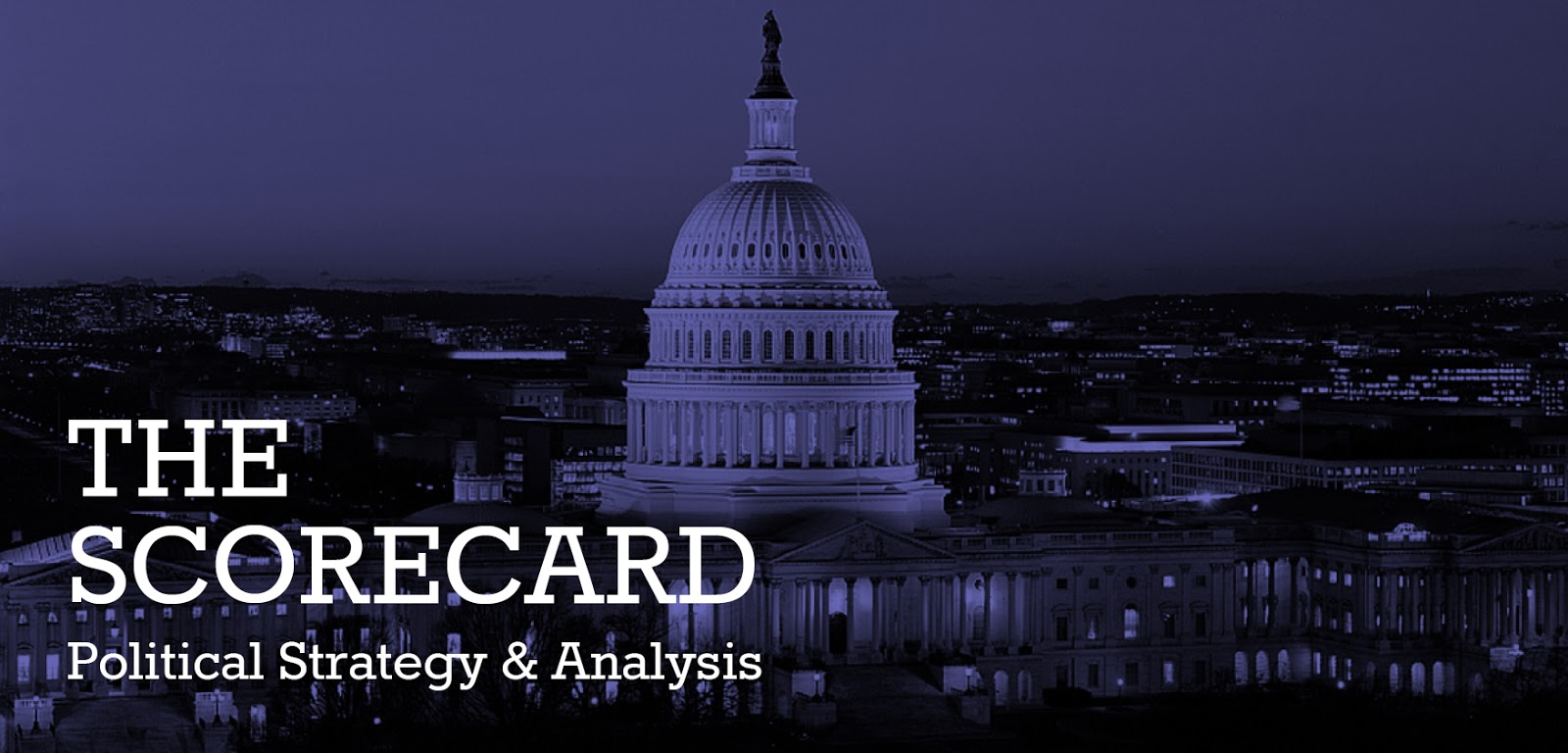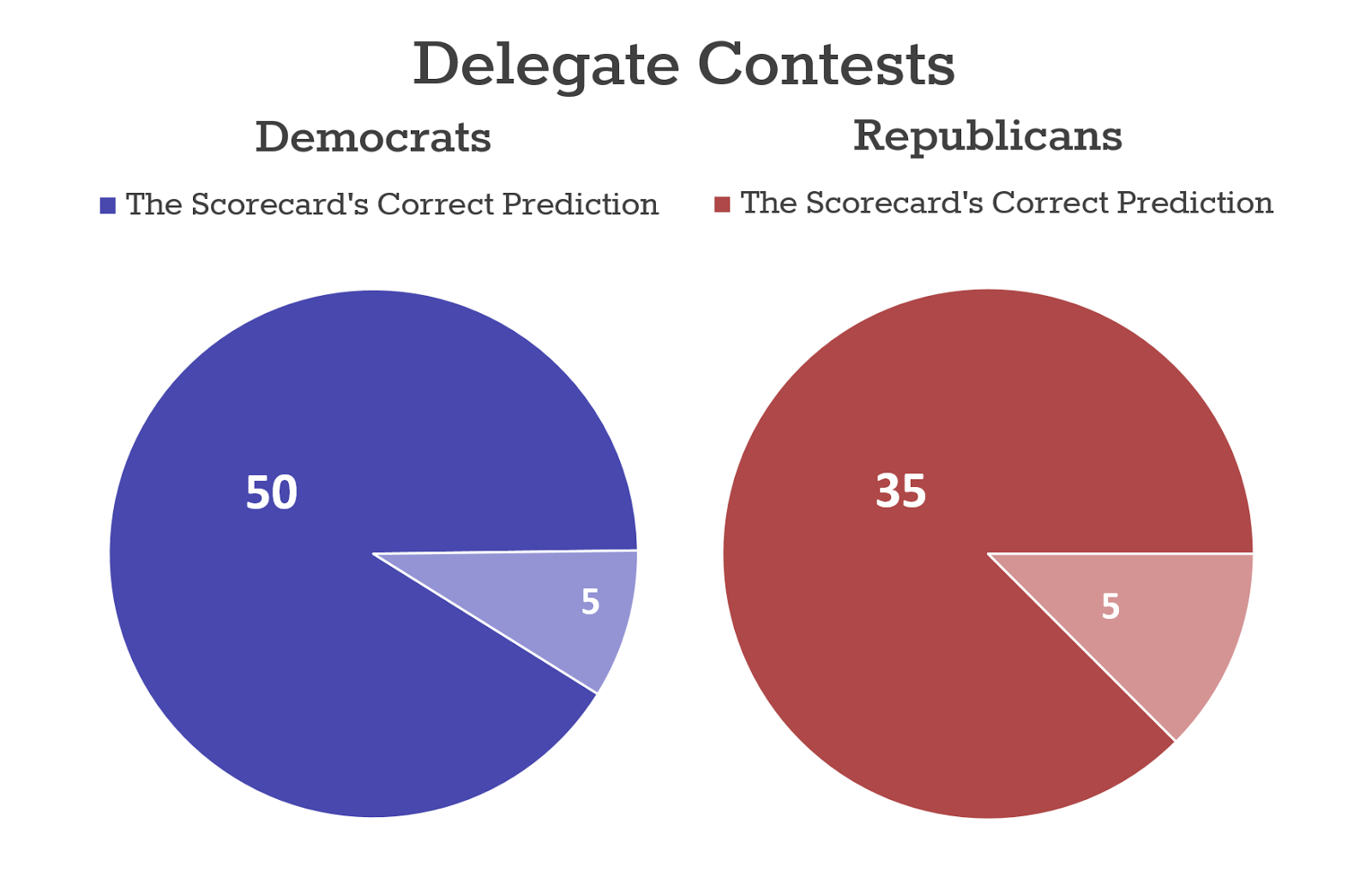To some degree what we are seeing at the
moment is that John Kasich’s theory of the Republican race was flawed. John
Kasich wanted to go to New Hampshire and come in second, and he did. John
Kasich wanted to win the battle for his home state of Ohio, and he did, in
relatively impressive fashion. The problem is that outside of these two states John Kasich does not have much to
talk about. He is more than 5 million votes behind Trump and a little less than
3 million votes behind Cruz. Kasich’s troubles are also reflected in the
delegate count. His argument about being stronger in the general election and
being just an overall better candidate may well be true. But he can’t duck the fact that ultimately
such decisions are made by the voters.
We see where the voters are in two polls that came out today. In the Wisconsin Public Policy Poll Kasich registers just 17%, trailing Cruz at 38% and Trump at 37%. In New York, the new Quinnipiac poll has John Kasich again in third with 19% compared to 56% for Trump and 20% for Cruz. Whatever regional strength Kasich may have in the other Northeastern states a week later, it is very hard to be the third guy in the race, who repeatedly comes in third. In short, while a distant third in Wisconsin might not actually turn off the lights on the Kasich campaign, it will be quite difficult for him to sustain the thrust of his argument if such an outcome occurs. Voters who might more naturally fall into the Kasich camp may nonetheless feel compelled to choose between what seems like their true remaining options. This was clearly evidenced earlier in the campaign by Rubio’s post-super-Tuesday collapse. When voters saw things edging in Cruz’s direction Rubio dropped from 18.7% in Alabama on March 1st to 5.1% in Mississippi just a week later. There’s not that much difference between Mississippi and Alabama in what their ideal preferences would be. But Rubio’s slightly weaker performances in earlier contests were enough to signal his decline. Kasich’s showing looks likely to do the same signaling. This is mostly good news for Ted Cruz, but it does somewhat complicate the next month for him, as there may not be enough time to turn around the Northeast. So Trump may have a good month before another showdown in Indiana on May 3rd. Without a better than expected performance in Wisconsin the door will pretty much close on John Kasich.
We see where the voters are in two polls that came out today. In the Wisconsin Public Policy Poll Kasich registers just 17%, trailing Cruz at 38% and Trump at 37%. In New York, the new Quinnipiac poll has John Kasich again in third with 19% compared to 56% for Trump and 20% for Cruz. Whatever regional strength Kasich may have in the other Northeastern states a week later, it is very hard to be the third guy in the race, who repeatedly comes in third. In short, while a distant third in Wisconsin might not actually turn off the lights on the Kasich campaign, it will be quite difficult for him to sustain the thrust of his argument if such an outcome occurs. Voters who might more naturally fall into the Kasich camp may nonetheless feel compelled to choose between what seems like their true remaining options. This was clearly evidenced earlier in the campaign by Rubio’s post-super-Tuesday collapse. When voters saw things edging in Cruz’s direction Rubio dropped from 18.7% in Alabama on March 1st to 5.1% in Mississippi just a week later. There’s not that much difference between Mississippi and Alabama in what their ideal preferences would be. But Rubio’s slightly weaker performances in earlier contests were enough to signal his decline. Kasich’s showing looks likely to do the same signaling. This is mostly good news for Ted Cruz, but it does somewhat complicate the next month for him, as there may not be enough time to turn around the Northeast. So Trump may have a good month before another showdown in Indiana on May 3rd. Without a better than expected performance in Wisconsin the door will pretty much close on John Kasich.



